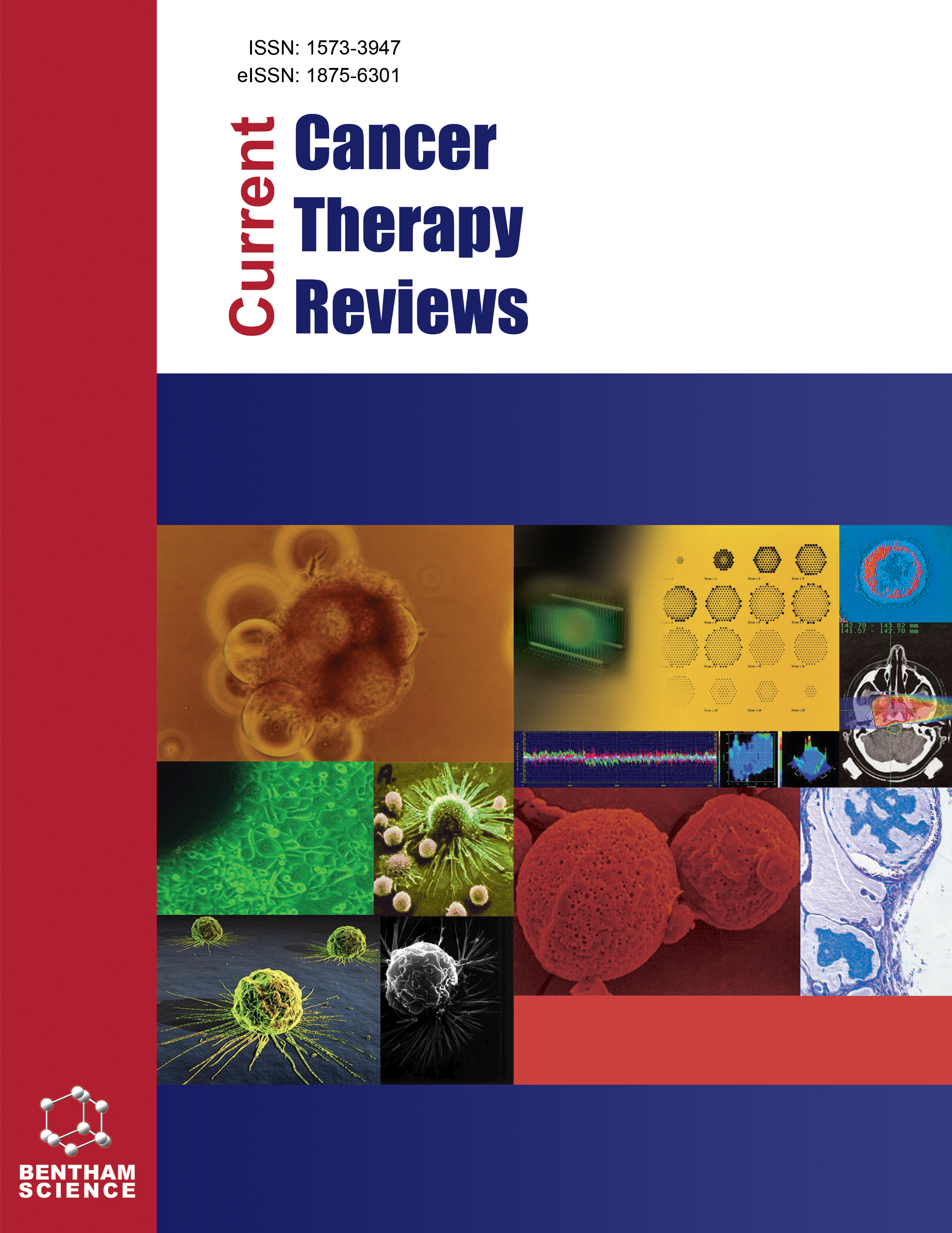
Full text loading...
We use cookies to track usage and preferences.I Understand
Cancer is one of the main causes of mortality that affects a large propotion of population worldwide each year. Traditional and synthetic medications are less successful in cancer treatment. The deleterious effects of synthetic compounds divert our attention toward the utilization of naturally derived compounds in current clinical research. The impact of biodiversity on population development and livelihood represents a wider area of interest that still heavily relies on natural medicines against the cure of various ailments. Since ancient times, people have been using natural plants because of their accessibility and economical affordability as a safe therapeutic alternative to traditional synthetic drugs. Currently, plants are used because of their remarkable properties in the form of staple drugs. These plants gain huge attention as a safe treatment option with anti-tumor, chemo-protective and anti-proliferative properties than conventional harmful therapeutics. The secondary metabolites extracted from medicinal plants lead to the production of innovative therapeutic strategies against cancer and other diseases. Targeted delivery of pharmaceuticals agents, through chemical and conventional methods is a significant challenge. The discovery of nano-vectors provides a solution to this issue with the innovation of plant-based nanoparticles have been manufactured using an ecologically sound method. Based on the highlights provided, the current review provides updated knowledge on diverse aspects of medicinal plants including challenges, significance and their role as a potential therapeutic agent against the treatment of various diseases, especially cancers. This subsequent review entails and clarifies the benefits of phytochemicals extracted from Asian medicinal plants due to their imperative values in cancer treatment and other pharmacological targets. The recent discoveries and findings linked to the understanding of medicinal drugs with significance on wide range of phytochemical constituents or secondary metabolites are a current attempt to update our knowledge towards the progress of natural therapeutics novel strategies.

Article metrics loading...

Full text loading...
References


Data & Media loading...

